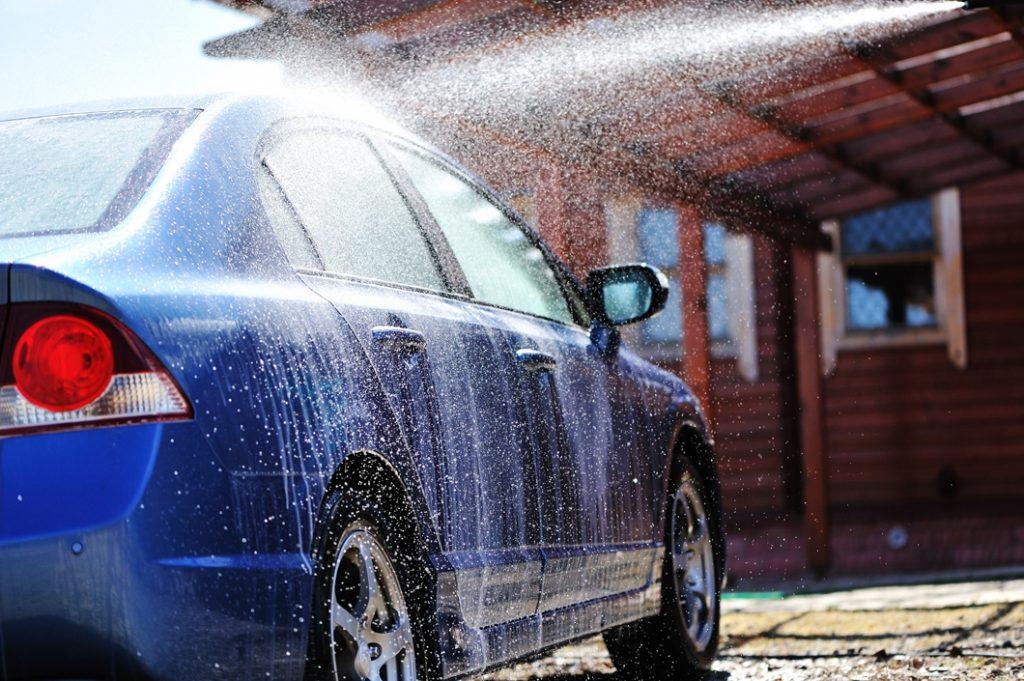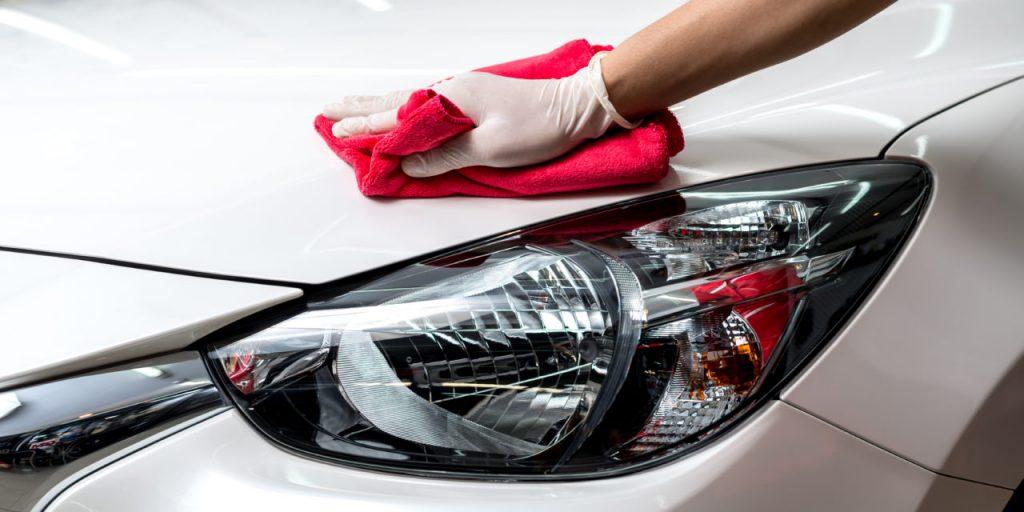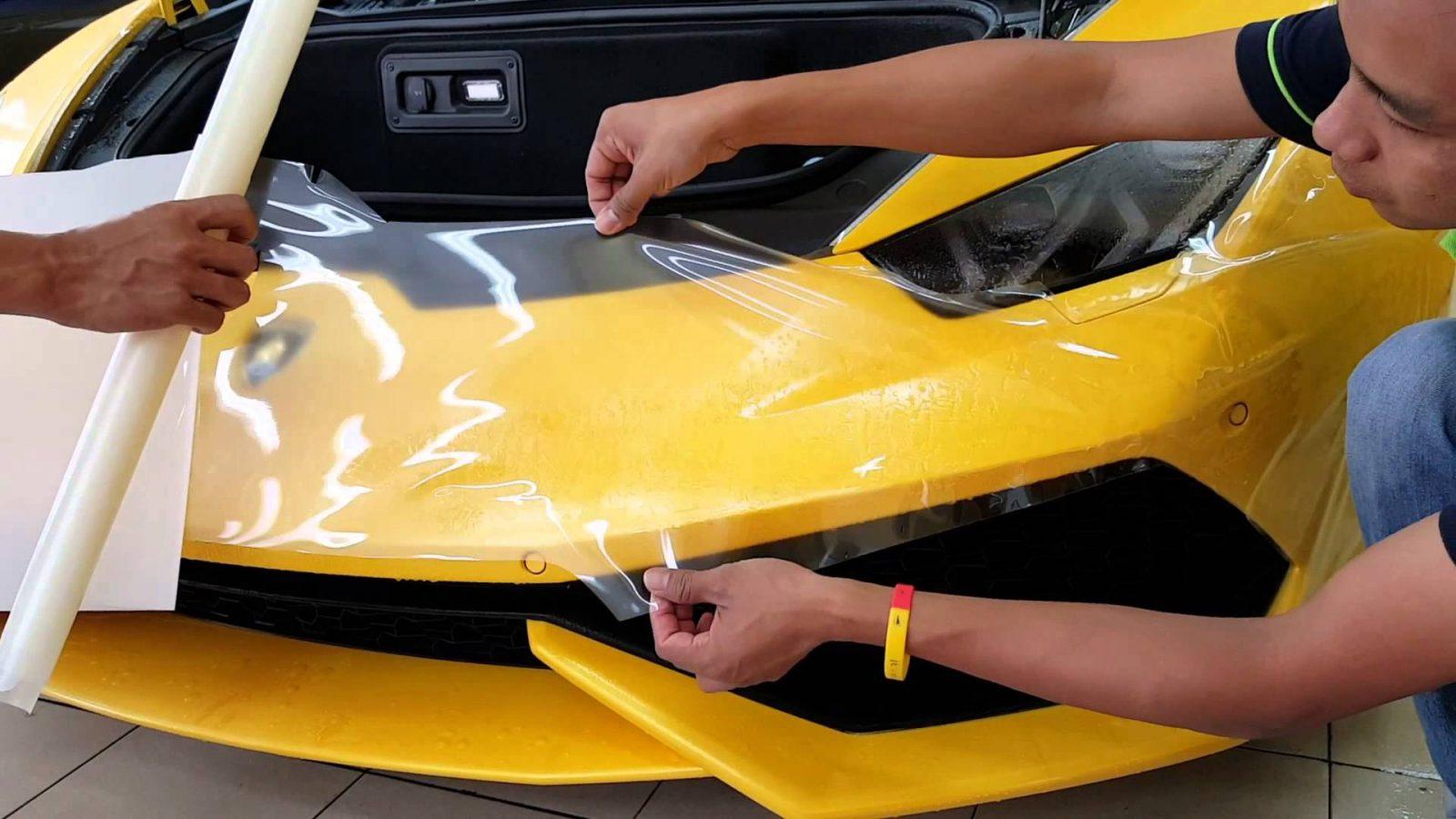If you don’t know how to protect car paint, we will show you 5 useful ways to follow. You just have to be careful and follow these tips to keep the shine intact.
So many little things can happen in a day that can damage the paintwork of your car.
You may not even have any idea that those tiny splattered bugs or cheeky writings with fingers on the body of a vehicle can ruin the painted surface. Fortunately, the ways to protect car paint are not rocket science.
Contents
How To Protect Car Paint In 5 Simple Ways
The cosmetic appearance is the biggest draw of an automobile. You may drive a latest Lexus model or an Alpha Romeo from the ‘80s, but people will only admire it when its paint is gleaming like a mirror. Let’s check some ways to keep it new forever.
1. Don’t write on the car with your finger
Maybe you think not writing on the car with your finger is a new car paint protection method. This method sounds weird but it is very effective to protect your car paint.
Many of us already agree that it’s fun to get the chance to lay our hands on a dirty car. Actually it’s a big thing you shouldn’t do because dragging the fingers on the dirt can leave deep scratch marks on the body.
Your finger will act like sandpaper grinding on the dirt remains, and make them penetrate through the paintwork.

2. Wash regularly
Washing your car regularly is the best way to protect car paint and of course it is not a new car paint protection way because most of us know about it already. But, there is a thing you should have to notice.
According to car experts, when washing cars, you have to stay away from dish detergent!
Dish detergent will truly hurt the paint. In this case, you should use a high-quality car wash chemical and apply it with a foam pad applicator.
Then, rub the body with a fine-grade car wash Mitt and then wash thoroughly with clean water. A microfiber towel would be the best option to wipe dry the body.
Additionally, you can spray a detailing lubricant and run another Mitt in a circular motion to apply it all over the car. Finally, wipe dry with another towel.
If regular washing is not possible, at least wipe down the car every day with a duster to prevent unexpected sanding.

3. Apply paint sealant
You have to use it only once or twice a year. It will protect car paint by creating a protective layer over it. Mix a bonding agent with the sealant, and the measure is normally 1 tablespoon of the agent in ½ cup of sealant.
Increase or decrease the amount depending on the size of your vehicle but it’s important to keep that 4:1 ratio. Apply the mixture in a circular motion on one section at a time. When it changes the texture, rub with a towel in the same circular motion.
SEE MORE:
4. Wax to keep up the shine
You have to use the wax the next day after applying the paint sealant. In addition, you can use it every month or week, particularly if you use the spray or liquid versions. The paste wax lasts longer and doesn’t need frequent applications.
There are many toxic and corrosive ingredients such as bird droppings, road grime, tree sap, etc that stick to the paint and cut through. Wax will prevent these things from doing any damage.

5. Synthetic coating
Using Synthetic coating is a new car paint protection way that you should know. If you don’t know how to protect car paint in this way, here is a guide for you.
Just apply a ceramic or polymer coating for once and it will protect car paint for more than 6 months!
Although it can’t produce the mirror-like shine like a high-quality wax coating, it proves to be more efficient in keeping things from sticking to the paint.
FAQs
-
What are some common environmental threats to car paint?
Common environmental threats to car paint include UV sunlight, bird droppings, tree sap, road salt, acid rain, and air pollution. These elements can cause fading, staining, and corrosion.
-
How can I protect my car’s paint from UV damage?
To protect your car’s paint from UV damage, park in shaded areas or use a car cover. Applying a UV-resistant wax or paint sealant can also provide a protective barrier.
-
What should I do if bird droppings or tree sap land on my car’s paint?
Promptly remove bird droppings or tree sap to prevent paint damage. Gently wipe with a damp microfiber cloth or use a specialized bird dropping or sap remover.
-
Can waxing my car help protect the paint?
Yes, waxing your car provides a protective layer that shields the paint from contaminants and UV rays. Regular waxing helps maintain a glossy finish and prevents oxidation.
Check out this video from Chicago Auto Pros to learn more about paint protection film and ceramic coating!
-
Is washing my car regularly important for paint protection?
Yes, regular car washing is essential for paint protection. It removes dirt, road salt, and contaminants that can erode the paint’s surface over time.
-
Are there specific washing techniques that protect car paint?
Using a two-bucket wash method with a grit guard, using a pH-balanced car wash soap, and washing in a straight line (not in circles) can minimize the risk of scratching the paint.
-
How can I protect my car’s paint during the winter months?
During winter, protect your car’s paint by applying a winter-specific wax or sealant, w
ashing off road salt promptly, and avoiding abrasive snow removal techniques.
-
Are there products or coatings that offer long-term paint protection?
Yes, paint protection films (PPF) and ceramic coatings are long-term solutions for paint protection. PPF provides a physical barrier, while ceramic coatings create a hydrophobic and durable layer.
-
Can I apply paint protection products myself, or should I seek professional help?
Many paint protection products can be applied by car owners. However, for advanced solutions like PPF and ceramic coatings, professional installation is often recommended for best results.
-
How often should I reapply wax or sealant for paint protection?
The frequency of reapplying wax or sealant depends on the product used. Follow the manufacturer’s recommendations, but a general guideline is to reapply every 3-6 months.
We hope that 5 useful ways mentioned above will give your detailed information about how to protect car paint.
If you have any question about car paint or car maintenance tips, please leave a comment below, our car experts will answer it for you soon.




my toyota mark 11 is vibrating when it reaches the speed of 60km/h i cheched the gear box mountings they are okay. its a rear puller and the vibration comes from the rear, my question is what could be the problem?
You might need to have your tires “road force” balanced by a Hunter GSP 9700 machine. Check the Hunter website for a location near you.
I really appreciate your tip on how synthetic coating can give you a better protection from outside elements sticking to your car. My brother lives in a very dusty area and I know that he would hate getting any dust on his new car. I will be sure to suggest to him that he gets a synthetic coating on his car!
You ought to take part in a contest for one of the highest quality sites
online. I most certainly will highly recommend this site!